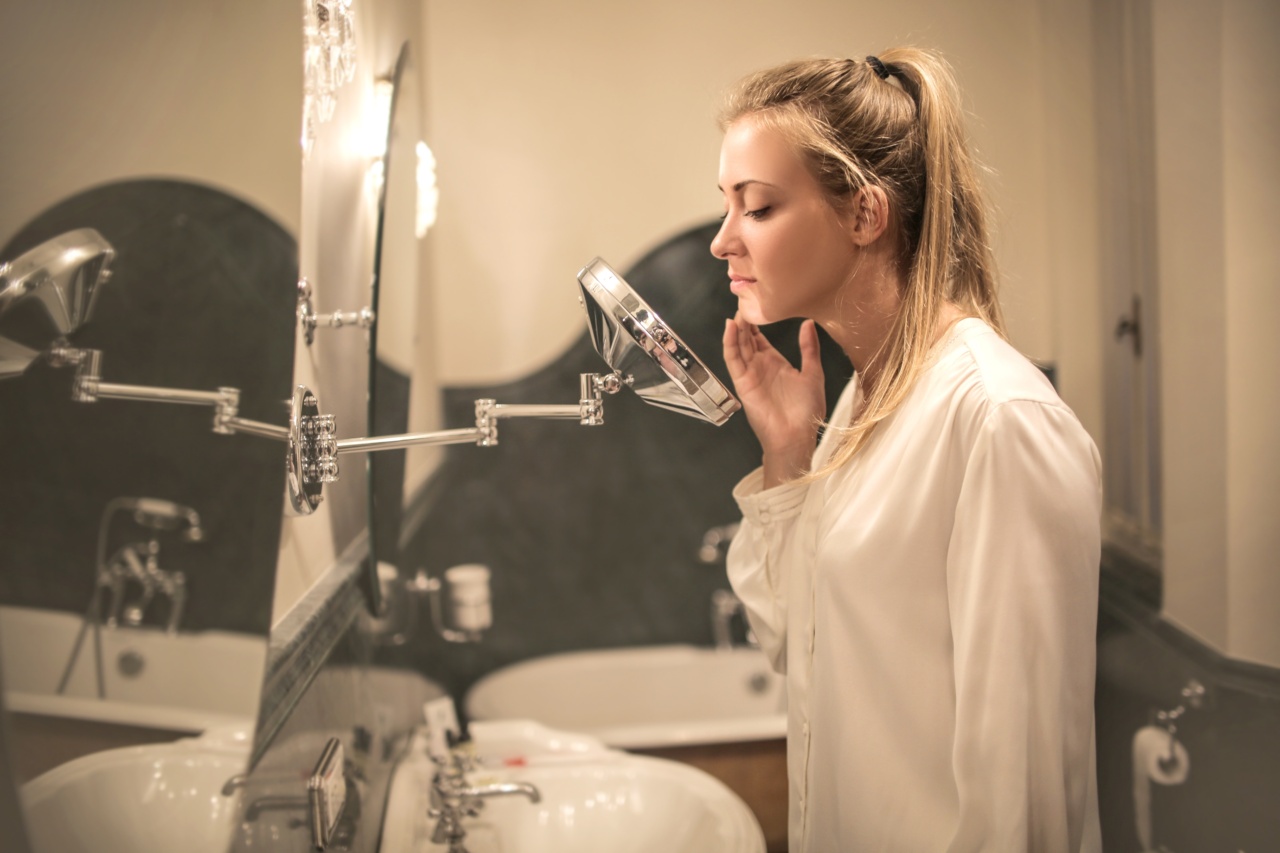Acne is a common skin condition that affects people of all ages and genders. It occurs when hair follicles become clogged with oil and dead skin cells, leading to the formation of pimples, whiteheads, and blackheads.
While there are many over-the-counter and prescription medications available to treat acne, natural remedies can also be effective in beating acne.
1. Tea Tree Oil
Tea tree oil is a natural remedy that has been used for centuries to treat various skin conditions, including acne. It has antimicrobial properties that help to kill the bacteria that cause acne.
To use tea tree oil, apply a small amount to a cotton ball and dab it onto the affected area. Be sure to dilute the oil with a carrier oil, such as coconut oil or jojoba oil, as it can be irritating to the skin when used in its undiluted form.
2. Aloe Vera
Aloe vera is another natural remedy that is effective in treating acne. It has anti-inflammatory properties that help to reduce swelling and redness associated with acne.
Aloe vera also contains salicylic acid, which helps to unclog pores and prevent the formation of new acne. To use aloe vera, apply a small amount of the gel to the affected area and leave it on for 10-15 minutes before rinsing off with warm water.
3. Apple Cider Vinegar
Apple cider vinegar has antimicrobial properties that help to kill the bacteria that cause acne. It also has acidic properties that help to exfoliate the skin and unclog pores.
To use apple cider vinegar, mix equal parts water and vinegar and apply it to the affected area with a cotton ball. Leave it on for 5-10 minutes before rinsing off with warm water.
4. Honey
Honey is a natural antibacterial that can help to kill the bacteria that cause acne. It also has anti-inflammatory properties that can help to reduce redness and swelling associated with acne.
To use honey, apply a small amount to the affected area and leave it on for 15-20 minutes before rinsing off with warm water.
5. Green Tea
Green tea contains antioxidants that can help to reduce inflammation and prevent the formation of new acne. It also contains catechins, which have been shown to have antibacterial properties. To use green tea, brew a cup of tea and allow it to cool.
Apply the tea to the affected area with a cotton ball or spray it onto the face using a spray bottle.
6. Witch Hazel
Witch hazel is a natural astringent that can help to reduce oil production and tighten pores. It also has anti-inflammatory properties that can help to reduce redness and swelling associated with acne.
To use witch hazel, apply it to the affected area with a cotton ball and leave it on for a few minutes before rinsing off with warm water.
7. Turmeric
Turmeric is a natural anti-inflammatory that can help to reduce redness and inflammation associated with acne. It also has antibacterial properties that can help to kill the bacteria that cause acne.
To use turmeric, mix a small amount of turmeric powder with water to form a paste. Apply the paste to the affected area and leave it on for 15-20 minutes before rinsing off with warm water.
8. Cinnamon
Cinnamon is a natural antibacterial that can help to kill the bacteria that cause acne. It also has anti-inflammatory properties that can help to reduce redness and swelling associated with acne.
To use cinnamon, mix a small amount of cinnamon powder with honey to form a paste. Apply the paste to the affected area and leave it on for 10-15 minutes before rinsing off with warm water.
9. Lemon Juice
Lemon juice is a natural astringent that can help to reduce oil production and tighten pores. It also has acidic properties that help to exfoliate the skin and prevent the formation of new acne.
To use lemon juice, apply a small amount to the affected area with a cotton ball and leave it on for a few minutes before rinsing off with warm water.
10. Oatmeal
Oatmeal is a natural exfoliant that can help to remove dead skin cells and unclog pores. It also has anti-inflammatory properties that can help to reduce redness and swelling associated with acne.
To use oatmeal, cook a small amount of plain oatmeal and allow it to cool. Apply the oatmeal to the affected area and leave it on for 10-15 minutes before rinsing off with warm water.































